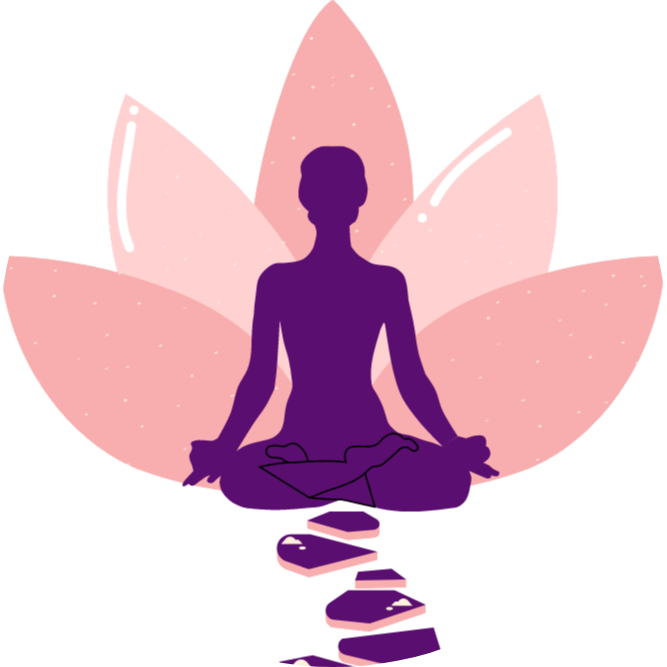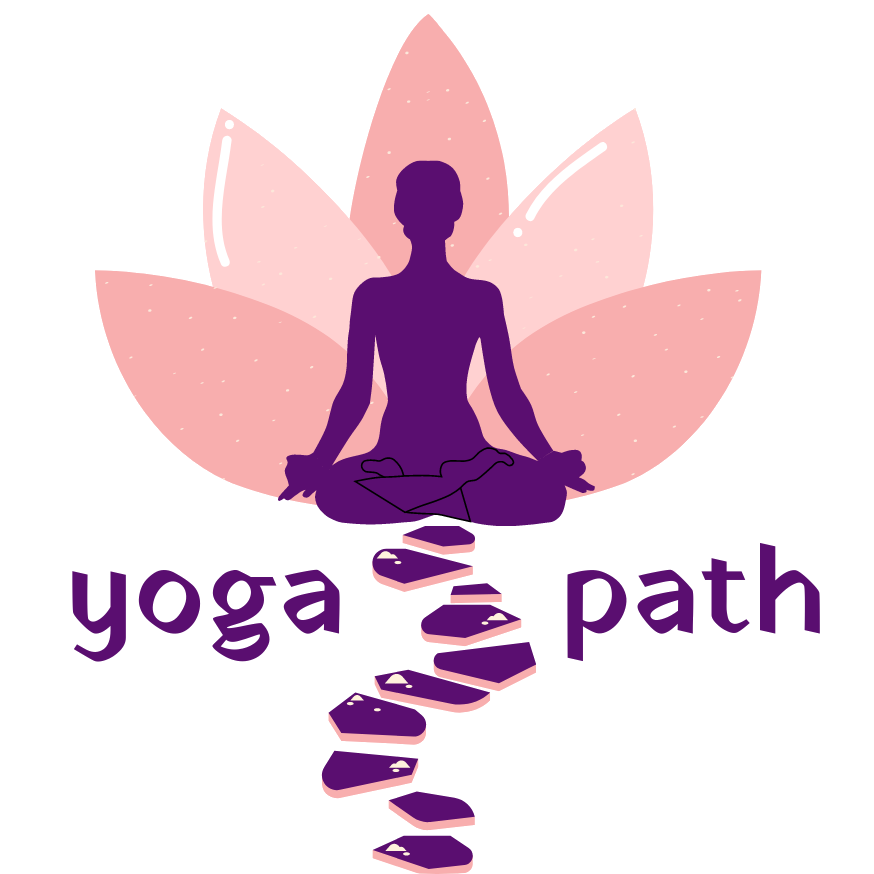Learn Yoga Philosophy
Why Yoga...
“Yoga is not an ancient myth buried in oblivion. It is the most valuable inheritance of the present. It is the essential need of today and the culture of tomorrow.” – Swami Satyananda Saraswati
The word ‘yoga’ is derived from the Sanksrit word ‘yuj’ which means to yoke or bring together or unite. In spiritual terms, this is seen as the union of the Individual Consciousness with the Universal Consciousness. The regular practice of yoga aims to unite the body, mind, and spirit, creating within us a spiritual awakening to liberate us from the pain and suffering in our life.
Yoga, as we know it today, originated in India, where the principles of yoga were passed by word of mouth from master to student. About 3000 years later, Maharishi Patanjali compiled these teachings and recorded them in the Yoga Sutras, which provide the traditional foundation of yoga.
ASHTANGA YOGA
In the Yoga Sutras, Patanjali has outlined an eightfold path of the practice, called Ashtanga Yoga or the ‘Eight Limbs of Yoga’.
The 8 limbs of Ashtanga Yoga are:
- Yamas – Ethical observances to live by
- Niyamas – Observances of self-discipline
- Asana – Postures in Yoga
- Pranayama – Breathing exercises to control the flow of prana or life force
- Pratyahara – Withdrawal of the senses
- Dharana – Single pointed concentration
- Dhyana – Meditation or contemplation
- Samadhi – Liberation or blissful union with the Divine
We shall dwell here into the five components of Yamas.
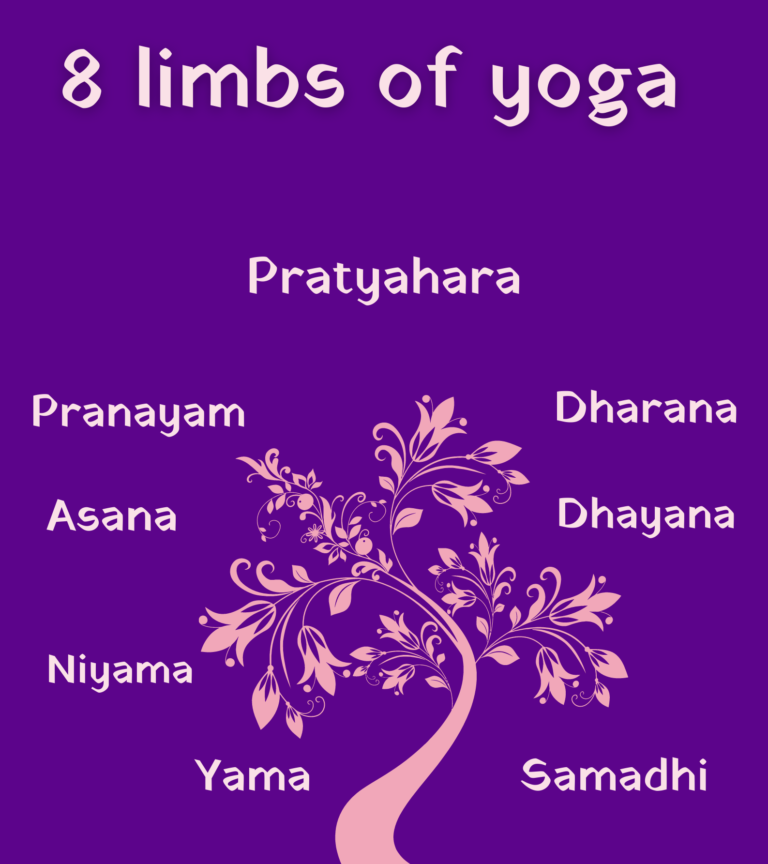
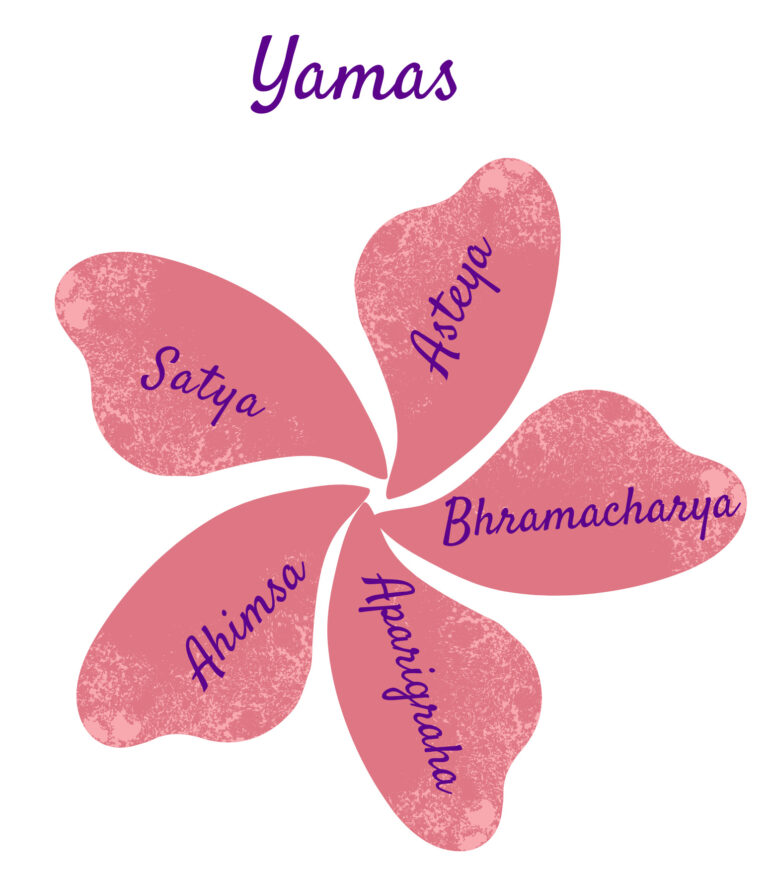
The earliest mention of Yamas is found in the Hindu scripture Rigveda. Yama means reigning in or control. Yamas are the first step of eight that we take on the yogic journey as per Maharshi Patanjali’s Yoga sutra.
The Yamas are essentially moral guidelines to live our lives by and apply in our relationship with ourselves, and the world around us. These moral codes can be applied to help us to practice not just for the benefit of ourselves, but for the world around us….
“That is why Yama is so important, for it includes our relationships with different people at different times. In this way we can experience who we are.” – TKV Desikachar
Ahimsa (Non-harming)
Ahimsa is the first of the Yamas. It is one of the cardinal virtues in Jainism and one of the precepts of Buddhism. The Mahabharata, one of the epics of Hinduism, has multiple mentions of the phrase:

which literally means: non-violence is the highest moral virtue.
Ahimsa Means non violence or more literally means “causing no injury” , in one’s deeds, words and thoughts towards oneself and others. It is not merely a passive controlling state of refraining from violence — ahimsa is the vibrant expression of compassion and love. Love is the root of the concept of interconnectedness of all elements and beings.
Do you know how, there is an unpleasant feeling when you say some harsh words in haste to another or even when we think something not so good about another. We intrinsically are and operate from love but today we have forgotten who we are and have begun to think and act from fear and ignorance and have begun to create wedges in our links. We then hurt ourselves and others and this illusory separation with the world around us only expands, further thickening our blindness to the truth.
The Yama Ahimsa, invites us to go to our roots to remember our true nature of love and the true feeling of oneness with ourselves and others.
It urges us to start with ourselves. It is when we are hard or mean or unforgiving with ourselves that it spills over to flow into all our interactions and relations.
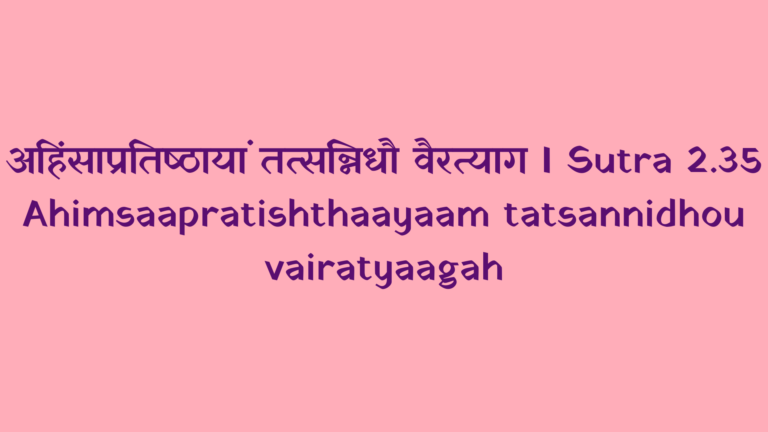
“In the presence of one firmly established in non-violence, all hostilities cease
As our journey unfolds, on the path of yoga we become more aware of how intrinsically we are naturally peaceful and tolerant . The desire to prevent harm is a spontaneous expression of that very awareness. We begin to realize that we are all inherently much the same and we then naturally wish no harm to come to any being.
Satya (Truth)
Satya means” truth” it means being honest and truthful in actions, speech and thought.
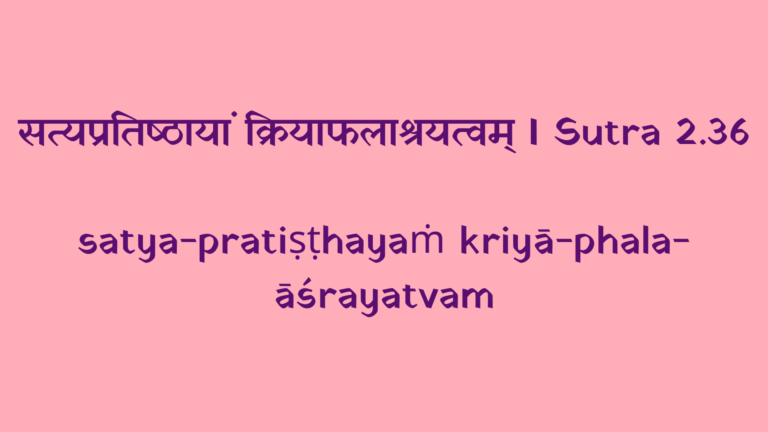
When truth (satya) becomes one of our firm roots (pratiṣṭayaṁ), then there is perfect harmony (āśrayatvam) between how we act (kriyā) and the results (phala) of our actions.
“To one established in truthfulness, actions and their results become subservient.”
When the sadhaka is firmly established in the practice of truth, his words become so potent that whatever he says comes to realization. – BKS Iyengar
As I went for a walk this morning. I was thinking deeply about something, so much – that my eyebrows knitted up and I was looking through my eyes but seeing nothing, when out of nowhere came a friend waving frantically to me… she had been doing so for a while but I missed seeing her. Many times our thoughts are elsewhere or completely contradicting what we feel and our actions too. This disperses the energy within us in various directions, yielding results that are completely misaligned. But when the action, thoughts, deeds and words align there is an alignment of energy, with least or zero conflict within. There is a forceful power of truth working through then and there is an outcome that flows naturally.
Satya invites us to discover the experience of truth and of just simply being wholesomely aligned. On our journey of yoga there is an awareness – when we feel and experience the mind, the body, word and actions aligning, we experience the simplicity and the power of truth instinctively flowing out. When we choose to do so we give the power to the people around us too to feel and imbibe the same.
Asteya (Non-stealing)
Asteya means non stealing, not stealing from the bountiful earth, from ourselves or others.
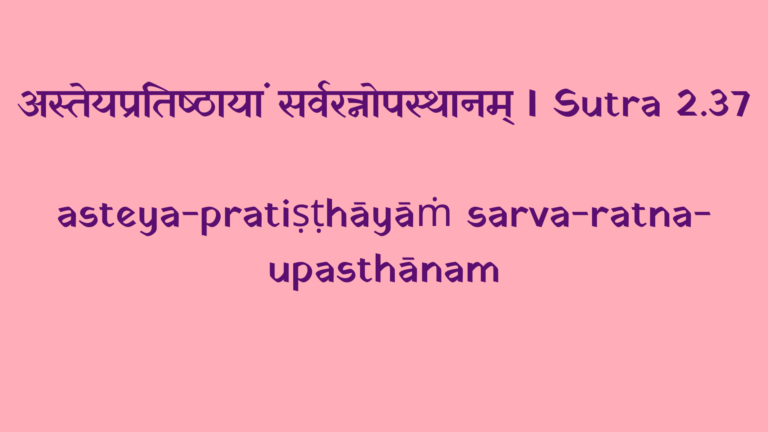
Those who are deeply rooted (pratiṣṭāyāṁ) in non-stealing (asteya) have access (upasthānam) to all (sarva) jewels (ratna).
When one down plays oneself or belittles oneself, when we think we are not good enough, when we say “I wish I was that / or I wish I had that too” , we are in essence stealing from our selves . Also when we push ourselves to achieve more we again steal from ourselves the ability to allow being who we truly are. Notice that the feeling of lack is from where arises the need to either belittle oneself or to aggressively push oneself further believing that one is entitled for more. when one feels either lack or entitlement is when the need to steal arises. Stealing then is in the form of discontentment, comparison, stealing of credit, of possessions and other subtle ways.
On the other hand if one actually knew the limitless beings we are we would know that we have all the jewels that Maharishi talks about right here within ourselves.
Asteya invites us to experience the aligning and the liberating power it brings. Through the practice of yoga we begin to realize we are not just this mind and body but a spirit, an energy that is expansive and unbounded , we experience abundance in every sphere beginning from within and the need for stealing does not arise.
Bhramacharya (Right Use of Energy)
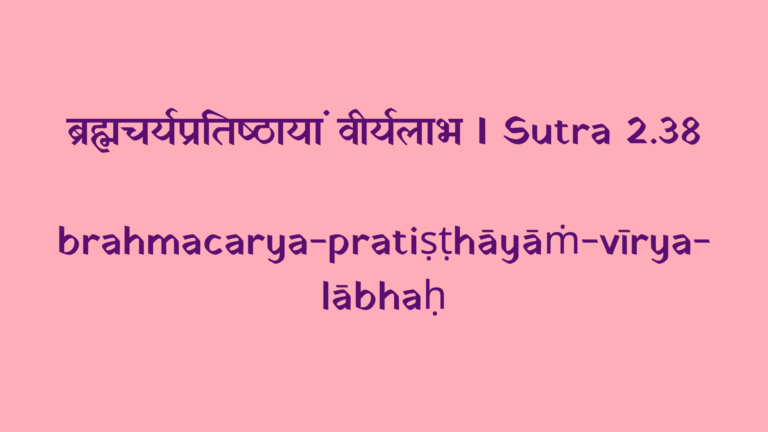
When moderation to pursue spiritual evolution (brahmacarya) is firmly established (pratiṣṭhāyāṁ), vitality (vīrya) is obtained (lābhaḥ)
This has been interpreted in many ways. Some consider it to mean complete celibacy, where it means conservation of all vital energies of the body. These energies, if saved, have the potential to be channeled into the spiritual domain.
The word brahmacharya literally translates from Sanskrit as Brahma meaning the “Divine, “Supreme Consciousness” “Absolute Reality”, “All permeating supreme”, which is everywhere and inside each living being, “charya” means to move toward or to be on the path, which then in totality means “being established in divine consciousness.”
Vimala Thakar, a renowned spiritual teacher in her book ‘Glimpses of Raja Yoga’, gives the meaning as – Brahmacharya is a dedication to the perception, understanding, and awareness of divinity.
Renowned yogi Dr. BKS Iyengar defines Brahmacharya as “Continence (self-restraint) of body, speech, and mind.”
Science says that if they magnify everything we see around us up until the molecular level those particles are not really solid, but points of energy. Every “thing” in this universe are bits of energy. So are we! We are made of vibrant, moving energies. But none of our sense faculties can actually discern this. Do we see energy when a friend walks to us or when we pick up a bag? Do we hear or feel it?
Maharishi Patanjali asks us to let go of being attached to what our senses experience, but to experience that which is beyond the senses.
We are beckoned by the Yama, Bhramacharya, to slowly let go of the external enchanting distractions and come home to this realization and a wholesome riveting experience of a world within. Through our daily regular practice we begin to become aware we are more than our thoughts, our mind, our ego, our body. We become aware that, what we originally are is this pure energy, that is formless, that is eternal and then experience a boundless Joy and contentment from within.
Aparigraha (Non-hoarding)
“Being established in non-accumulation gives knowledge of how births happen.
When aparigraha is established, one gets the awareness of past life events”. – Commentary from Swami Sivananda
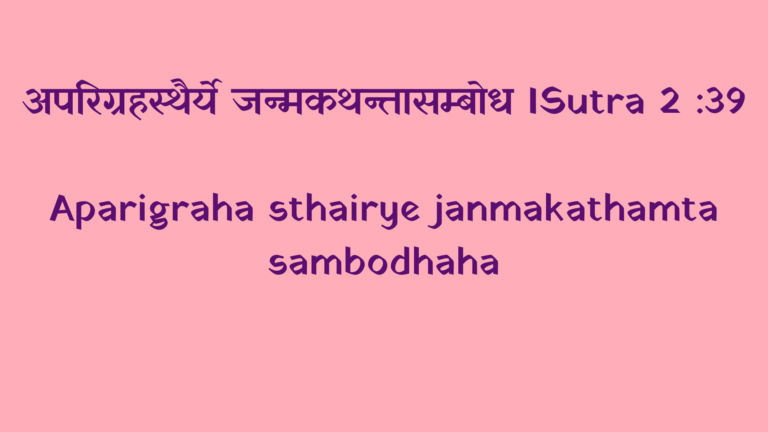
Which means not taking more than is needed, this encompasses non detachment non-dependence this further speaks of trust, and self-reliance. We learn to take only what is truly necessary and no more. This also talks about things we collect in our mind – grievances, hurt, insults… Just like the cupboard that we clean up to remove what is not necessary in an attempt to clear energy and create space, we need to clear the spaces in our mind. we need to let go and clear the space there too.
“Detachment is not that you should own nothing but that nothing should own you” – Ali ibn Abi Talib
Most feel the need to be attached with things or people as we feel we need them, we are then spending time and energy in maintaining them and that leaves us with less time for us to discover ourselves and our spiritual growth.
Aparigraha invites us to experience what the feeling is when one is full and overflowing, we then are unconsciously giving and the need to hoard or possess is non existent.
Through dedicated practice of yoga we can bring enormous freedom, lightsomeness, self-reliance and the birth of creativity. Through this lightness we are able to focus on the deeper inquiry into our origin, the purpose of our birth, it is then we get answers from within.
